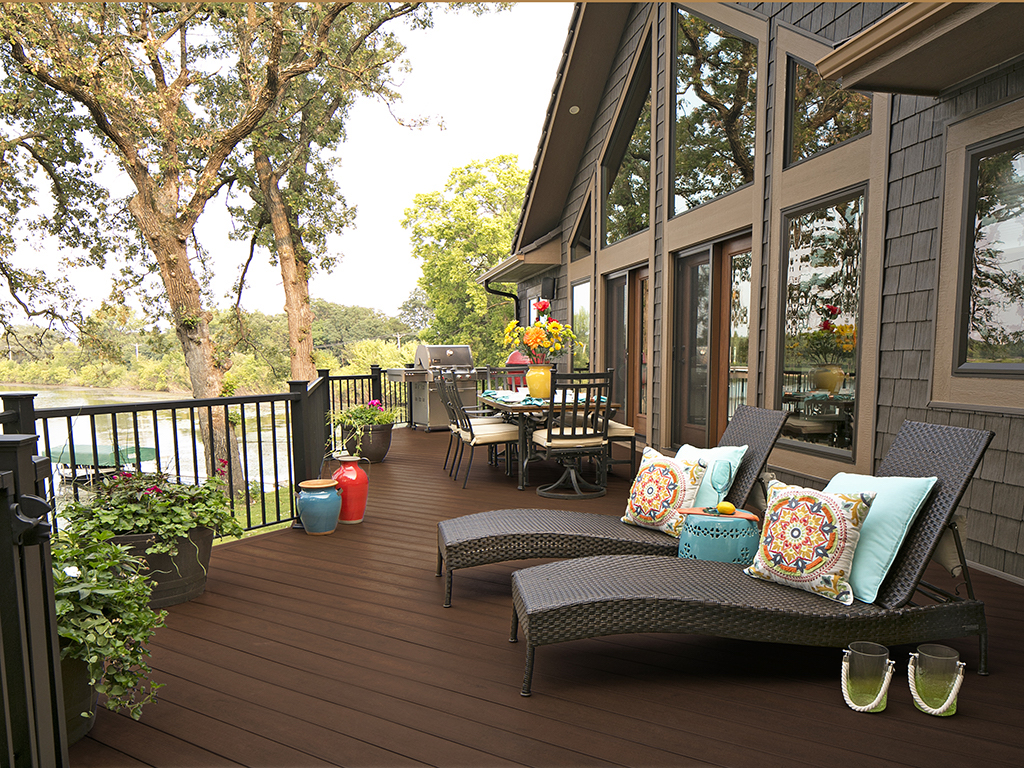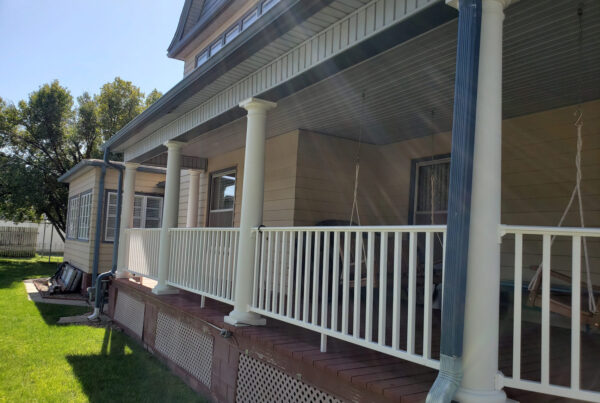
If you have a composite deck that is likely to get a lot of use during storms, you should take steps to protect it from damage. Parts of the deck can be damaged when torn off or blown away in a hurricane, as well as from flying debris, flooding rainwater, and saltwater. You should protect your composite decking from the hurricane by using these simple tips:
Install an underlayment
You should install an underlayment of linoleum, plywood, or a similar product beneath the decking. Make sure you overlap the sheets, so they provide added protection to your deck. This will also help prevent leaks from seeping through the cracks between your deck boards and making it soft.
Cover your deck with hurricane shutters
You should install hurricane shutters at the base of your deck posts and on window and door frames. Install them so they are a few inches above the ground to protect your composite decking from the hurricane. The shutters should be made of fiberglass or plastic with mesh windows that you can open to shoot out debris. You should also secure them to small towers made of galvanized steel pipe or trusses. This will prevent water from flooding onto the deck from outside the home.
Install flexible connector pipe
you should install a flexible connector pipe between your composite decks and foundation walls. Ensure you install this pipe an inch or two above the ground to prevent the pipes from being punctured by flying debris. You can also use flexible connector pipes for your deck’s support posts, connecting them to walls or other support posts. This will help prevent the deck from being blown over by hurricane winds.
Add a splash guard railing
Installing a splash guard railing on your deck will help prevent rainwater from getting below your composite decking boards and causing them to warp and buckle. Make sure that your railings are tightly secured to avoid them from falling off during strong winds, as well as tightening screws every couple of months so they do not loosen over time.
Install High-Quality Decking
When installing your composite deck, you should use boards at least seven feet long and with a width of three inches or more. This will make the deck sturdier when it is exposed to strong winds. You should also be sure to buy high-quality composite decking instead of cheaper materials that may not be as resistant to storms.
Check your deck for looseness
You should walk across the composite decking to check for looseness after a hurricane has passed through the area. Check your connections to see if they are still tight and secure. If any seem loose, tighten them with a wrench or socket set so no more water can leak through. You should also check your support posts to ensure they are still in place and not leaning, as well as any railings or trim damaged by the storm.
Get a roofer to repair roof damage
If your roof encounters damage in a storm, you would need to get a roofer to fix it before you can repaint and refinish your composite decking. You should also get a professional to remove damaged parts of your deck. If you live in a hurricane-prone region, you should give your composite decking one last inspection before installing it.
Clean your composite deck
You should clean and treat the composite decking to prevent mold from forming in the future. You can scrub it with hot water with an anti-mold treatment product applied after wet soapy water has been used on the surfaces. You can also use an anti-mold treatment product to treat the decking before installing it indoors.
Hurricane season is the perfect time to inspect your home. Do a thorough inspection to ensure your home is prepared for a storm. Other than learning how to protect your composite decking from the hurricane, you should also take your time to choose an appropriate deck. Get yourself Sherwood’s high-quality Moistureshield decking, and you’ll never have to worry about your deck during hurricane periods.









